A Sanctuary of History and Devotion
Are you ready to discover the Western Wall? This isn’t just any wall; it’s a living symbol of faith and resilience, nestled at the heart of Jerusalem’s Old City. Imagine an ancient limestone wall, standing as a testament to centuries of devotion and prayer, where history touches the present in a profound, almost tangible way.


Open year-round, 24 hours a day
Modest dress required; head coverings available for those who do not have one.
Early morning or late evening for a more reflective experience. Visiting during Jewish festivals adds a vibrant layer of cultural and spiritual celebration.

Steps away, explore sacred sites and vibrant bazaars in Jerusalem’s historic heart.

Offers stunning city views and key religious sites, a tranquil counterpart to the bustling city.

Delve into Jerusalem’s complex history through engaging exhibits in this ancient fortress.
The Wall stands at around 62 feet in its highest exposed section.
Considered the closest accessible site to the ancient Jewish Temples' Holy of Holies, making it a revered prayer site.
Notes containing prayers and wishes are placed in the cracks of the wall, symbolizing direct communication with the divine.

It has weathered sieges, conquests, and reconstructions over its 2,000-year history.
Over a million notes are left in the wall each year and are later buried on the Mount of Olives.
Hosts an ecological niche; including the caper bush, growing directly from the Wall's ancient stones, symbolizing hope and the ability to thrive against the odds.





During the Six-Day War in 1967, a poignant moment unfolded at the Western Wall when Israeli paratroopers liberated the site, leading to an emotional reunion of the Jewish people with this sacred remnant of their heritage. Amidst the sounds of gunfire, tears of joy and prayers resonated against the ancient stones, marking a profound homecoming and reclamation of spiritual and historical roots. This event underscored the wall's enduring symbol of faith, resilience, and divine providence. This was also the first time in many years that the Shofar (a horn from a ram) was blown. To the jews, it is known as a sound at the giving of sacred scripture, of great awakening, of a new year, and an enduring spirit of liberty.

Miraculously, throughout centuries of conquests and upheavals, the Western Wall has survived almost intact. Historians note that when the Roman legions destroyed the Second Temple in 70 CE, they left the Western Wall standing, possibly as a reminder of the might of the Roman Empire over its subjugated peoples. However, for Jews, the Wall’s survival is seen as a sign of God's promise to never forsake His people, serving as a poignant symbol of resilience and hope.

In the late 19th century, explorations beneath the city near the Western Wall revealed a series of tunnels connecting the wall to other ancient structures within Jerusalem. These tunnels, hidden for centuries, contain artifacts that tell tales of daily life, religious practices, and historical events from various periods of Jerusalem's storied past. Guided tours of these tunnels now offer visitors a literal and metaphorical journey through layers of time, deepening the connection to the land and its history.

Over the years, the Western Wall has not only been a site of devotion but also of political strife and peacemaking. It has seen moments of intense conflict as well as historic peace initiatives, such as the visit by Pope John Paul II in 2000, who left a note in the Wall, praying for forgiveness and peace between Jews and Christians. The Wall thus stands as a testament to the potential for reconciliation and the enduring quest for peace in the region.

Every year, during major Jewish festivals, the Western Wall witnesses a striking phenomenon known as the Priestly Blessing, where thousands of Kohanim (priestly descendants) bless the assembled crowds. This powerful gathering represents an ancient chain of Jewish heritage and tradition, and the enduring connection of the Jewish people to Jerusalem, fulfilling prophecies of the ingathering of exiles and the spiritual renewal of the nation.

The tradition of placing notes in the Western Wall's crevices is a unique aspect of its spiritual practice. These notes, containing prayers and wishes from people all around the world, are considered direct messages to the divine. Twice a year, the notes are collected and buried on the Mount of Olives, ensuring that the prayers are treated with reverence and maintaining the sanctity of the Wall.

In recent years, efforts to preserve the integrity of the Western Wall have intensified, with advanced engineering techniques applied to ensure its stability and longevity. This initiative not only protects the physical structure but also symbolizes the continuous care and reverence the Jewish community has for this timeless symbol of faith, ensuring it remains a beacon of hope and history for future generations.
Each story and event connected to the Western Wall enriches its legacy as not merely a relic of the past but as a living, breathing sanctuary where history, spirituality, and community converge in profound and meaningful ways.

Construction of the Second Temple in Jerusalem begins under the directive of Cyrus the Great of Persia, after the Babylonian Exile. The Western Wall forms part of the extensive retaining walls built around the Temple Mount.

Herod the Great expands the Temple Mount, including the reinforcement of the Western Wall, as part of his grand renovation of the Second Temple to secure and beautify the sacred site.
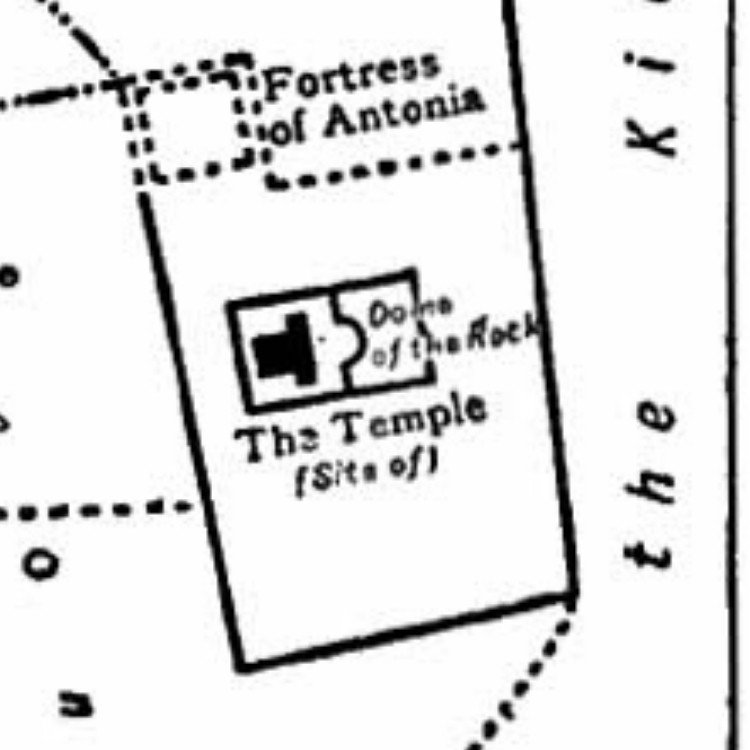
Herod the Great expands the Temple Mount, including the reinforcement of the Western Wall, as part of his grand renovation of the Second Temple to secure and beautify the sacred site.

The Second Temple is destroyed by the Romans during the Siege of Jerusalem. The Western Wall survives, becoming a symbol of hope and endurance for the Jewish people.

Following the rise of Islam, the area near the Western Wall becomes more integral to the city’s religious landscape, with the construction of the Al-Aqsa Mosque and the Dome of the Rock on the Temple Mount.

Following the rise of Islam, the area near the Western Wall becomes more integral to the city’s religious landscape, with the construction of the Al-Aqsa Mosque and the Dome of the Rock on the Temple Mount.

Under the Ottoman Empire, Suleiman the Magnificent orders the cleaning and renovation of the area, granting Jews official access to the Western Wall for prayers.

British forces captured Jerusalem from the Ottoman Turks during World War I. They issued the Balfour Declaration to gain Jewish support, endorsing a Jewish national home while promising not to prejudice the rights of non-Jewish communities. This dual commitment sparked controversy among both Jewish and Arab populations, leading to lasting tensions.

British forces captured Jerusalem from the Ottoman Turks during World War I. They issued the Balfour Declaration to gain Jewish support, endorsing a Jewish national home while promising not to prejudice the rights of non-Jewish communities. This dual commitment sparked controversy among both Jewish and Arab populations, leading to lasting tensions.

Jews placed a separation screen at the Western Wall for Yom Kippur, adhering to Orthodox custom to separate men and women while praying at the wall. Muslims saw this as a challenge to the status quo, fearing Jewish control over holy sites. British authorities removed the screen to prevent conflict, but tensions led to the 1929 riots, highlighting deep religious and nationalistic divides.
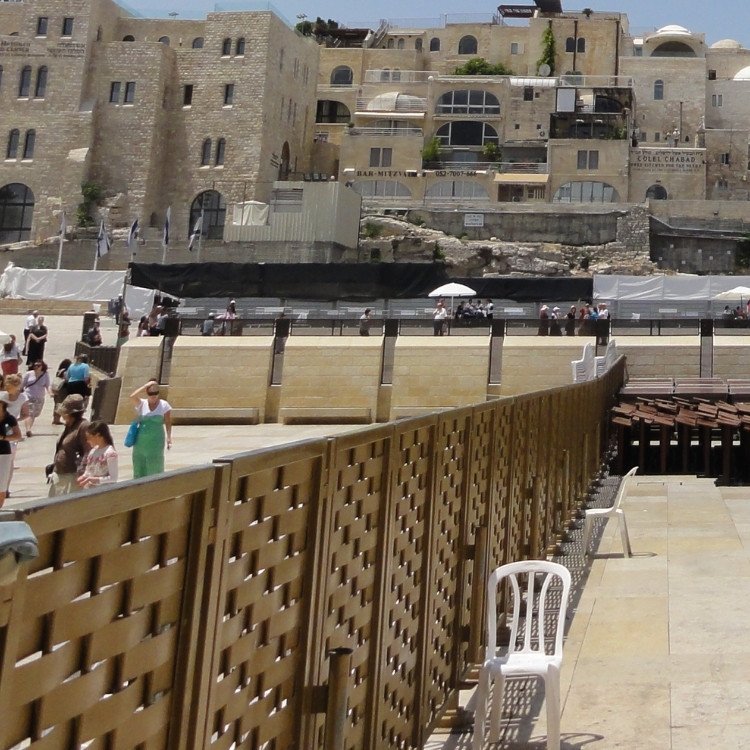
The establishment of the State of Israel leads to the division of Jerusalem. The Jordanian occupation of the Old City restricts Jewish access to the Western Wall.

The establishment of the State of Israel leads to the division of Jerusalem. The Jordanian occupation of the Old City restricts Jewish access to the Western Wall.

During the Six-Day War, Israel gains control over the Old City of Jerusalem. Jews regain access to the Western Wall, leading to an emotional, spontaneous gathering and prayer session. Following the war, the Mughrabi Quarter was bulldozed, and the Western Wall Plaza was created, expanding access to the wall and accommodating thousands for prayer and religious gatherings.

The Western Wall area undergoes significant archaeological excavations and renovations. The Western Wall Heritage Foundation is established to preserve and maintain the site, emphasizing its historical and spiritual importance.

The Western Wall area undergoes significant archaeological excavations and renovations. The Western Wall Heritage Foundation is established to preserve and maintain the site, emphasizing its historical and spiritual importance.

The Western Wall tunnels are opened to the public, revealing additional sections of the wall and a series of ancient and medieval structures, including from the time of Herod the Great, who was renovating the temple complex shortly before the birth of Jesus. Although controversial, this expansion allowed visitors to explore deeper into the history of the site.

A significant conservation project is undertaken to ensure the structural stability of the ancient stones of the Western Wall, involving meticulous engineering and archaeological expertise.

A significant conservation project is undertaken to ensure the structural stability of the ancient stones of the Western Wall, involving meticulous engineering and archaeological expertise.

The Western Wall remains a focal point of Jewish life and spirituality, drawing millions of visitors each year. It serves as a potent symbol of faith and continuity for the Jewish people worldwide, representing their historical and eternal connection to Jerusalem.


The history of the Western Wall, or Kotel, begins with the ambitious expansion of the Second Temple under Herod the Great around 19 BCE. This monumental project aimed to create a more magnificent temple complex, and the Western Wall was crucial in this transformation, serving as a supporting wall that enclosed the Temple Mount. Over the centuries, this section of the wall has stood resiliently, witnessing the ebb and flow of Jerusalem’s history, encapsulating the endurance of faith amidst adversity.

After the destruction of the Second Temple in 70 CE by the Romans, all that remained was the Western Wall. It emerged as a symbol of hope and spiritual perseverance for the Jewish people. Through the ages, it has been a place where millions have gathered to mourn the Temple’s destruction on Tisha B’Av, a day of fasting and reflection, demonstrating the Wall’s profound connection to Jewish identity and resilience.
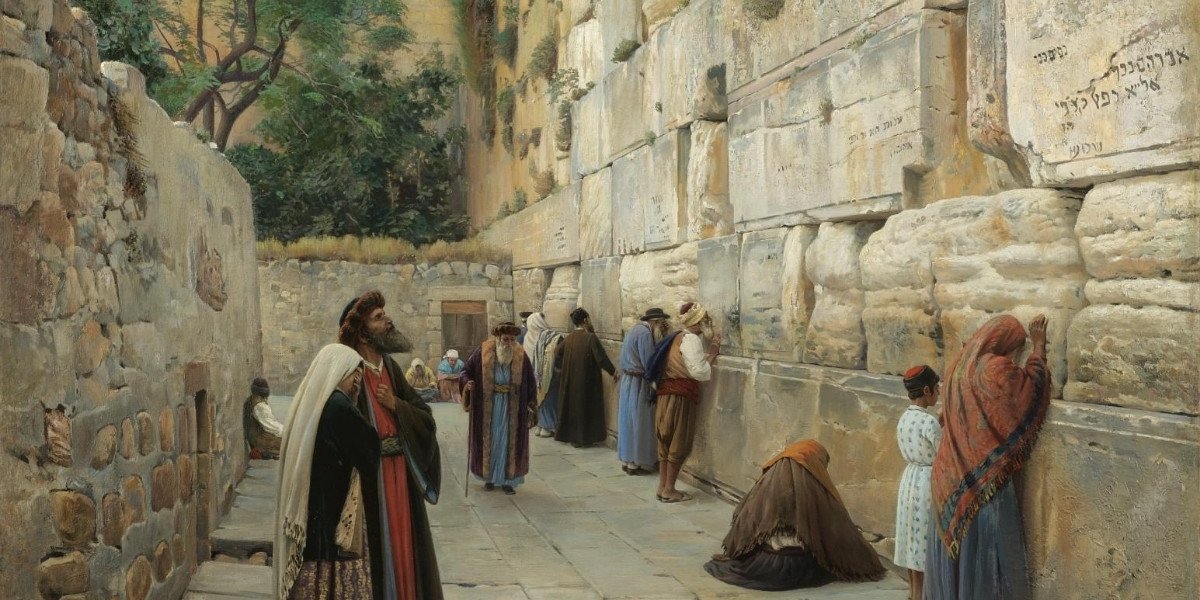
Throughout the Byzantine and early Muslim periods, access to the Wall varied significantly, reflecting the region’s shifting political landscape. During these times, the Western Wall served not only as a place of lamentation but also as a beacon of continuity for the Jewish people, who were often barred from closer proximity to the remaining Temple site.

In the 16th century, Sultan Suleiman the Magnificent ordered the restoration of Jerusalem’s walls and allowed Jews access to the Wall for prayers, thereby solidifying its status as a revered site of prayer. This period marked a renaissance in the relationship between the Jewish community and the Western Wall, leading to the establishment of enduring rituals and prayers at the site.
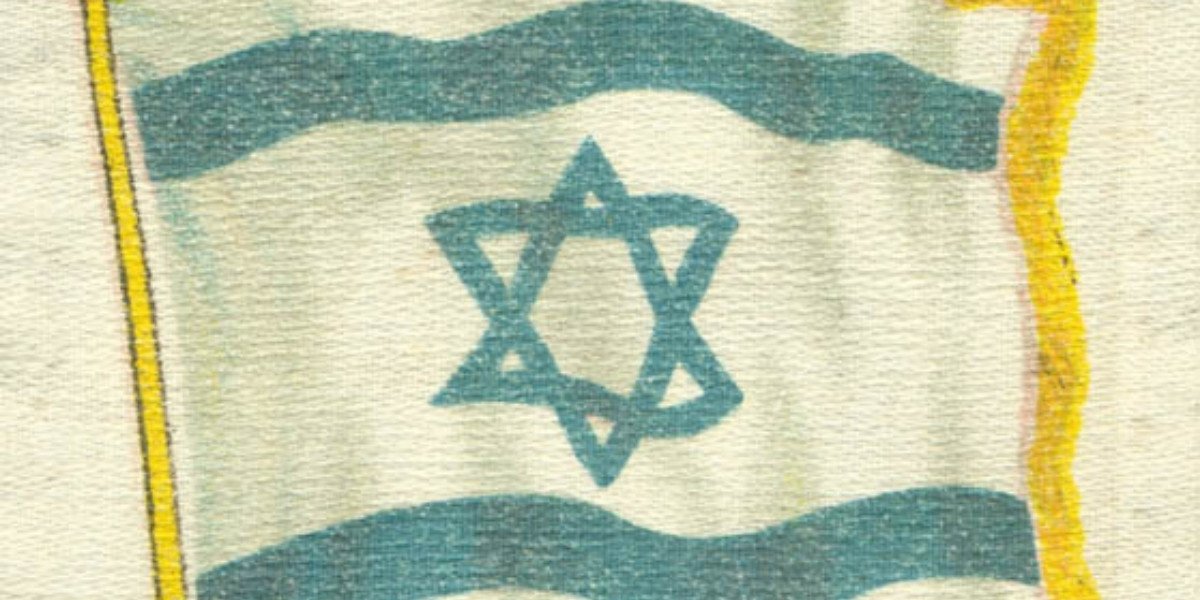
In the 19th century, the area surrounding the Western Wall became increasingly significant for Jewish pilgrims, with recorded visits and prayers illustrating the site’s deep spiritual significance. The Kotel became a primary symbol in Jewish art and literature, reflecting its central role in Jewish cultural and religious life.

Significant archaeological discoveries in the 20th century unveiled numerous historical layers beneath the current street level, dating back thousands of years. These findings provided invaluable insights into the historical and religious context of the Western Wall, offering a tangible connection to the past civilizations that have walked this sacred ground.

The liberation of Jerusalem’s Old City in 1967 marked a new era for the Western Wall. It quickly underwent transformations to accommodate the thousands who flocked to the site. The plaza was expanded significantly, providing a space that supported both everyday prayer and large communal gatherings. This development highlighted the Wall’s role not only as a historical relic but also as a living, vibrant place of worship.

Ongoing preservation efforts in the 21st century ensure that the Western Wall remains structurally sound and accessible to all. Techniques from various engineering disciplines have been employed to stabilize and restore the ancient stones, ensuring that this sacred site continues to inspire and serve as a focal point of prayer and reflection for people from around the world.
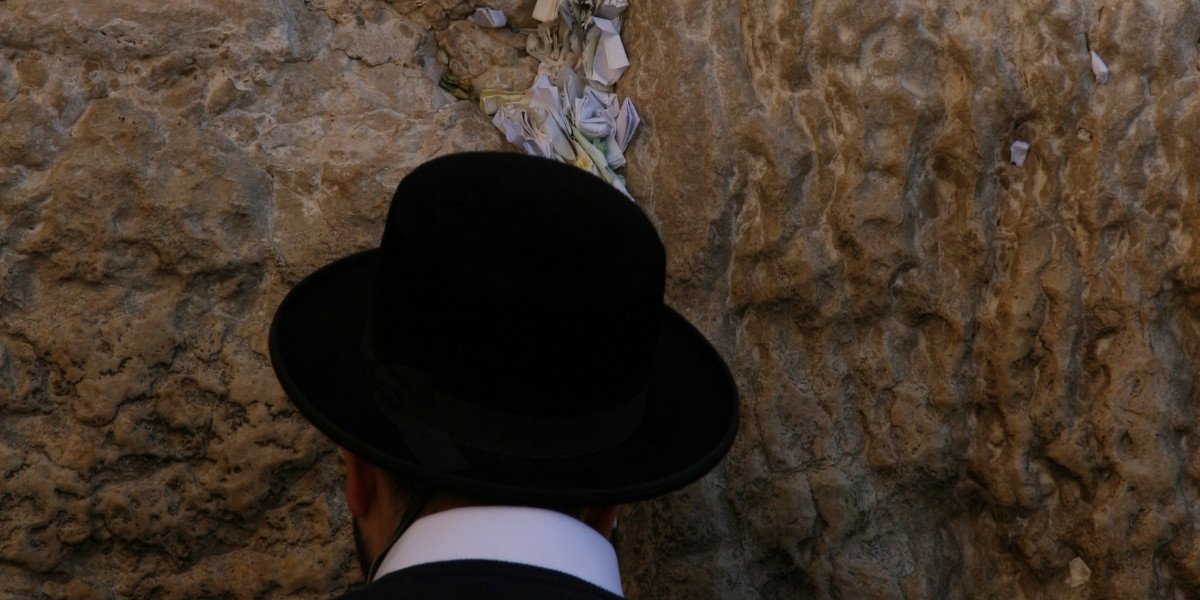
Today, the Western Wall stands as a powerful symbol of endurance and faith, deeply embedded in the Jewish cultural and religious identity. Its history is a vivid tapestry of struggle, survival, and spiritual resurgence, continually drawing visitors to experience its profound legacy and to partake in its ongoing story of faith and community.
Contact Us
Copyright © 2025 Temples.org. All rights reserved.